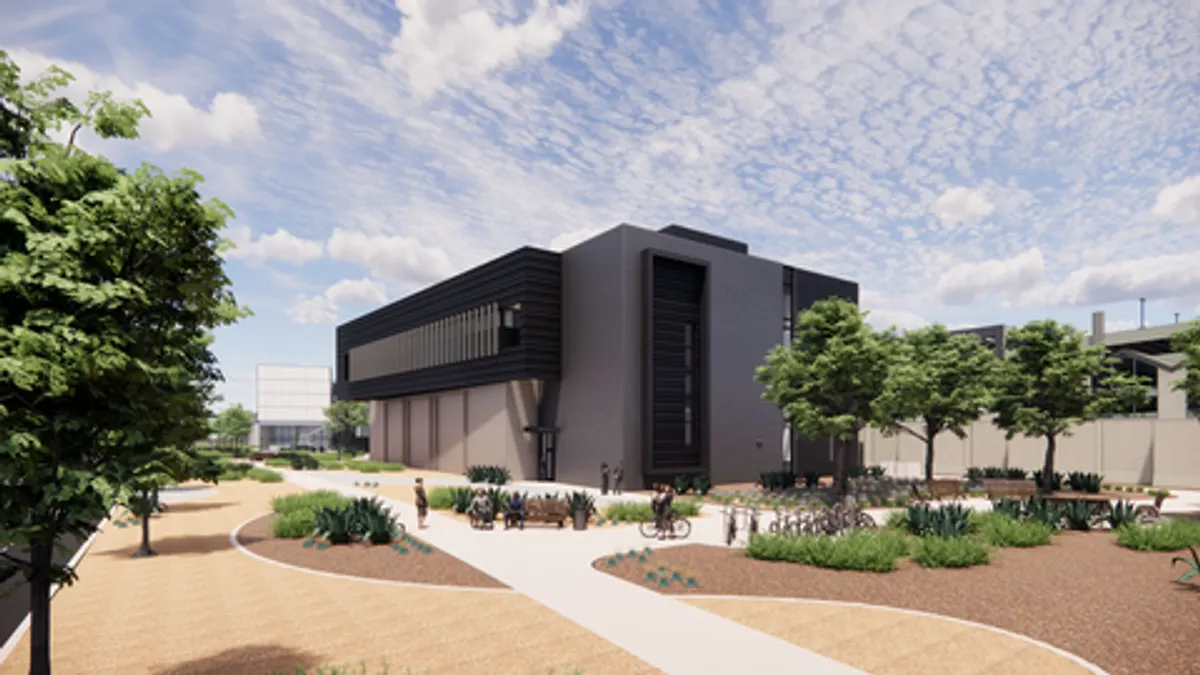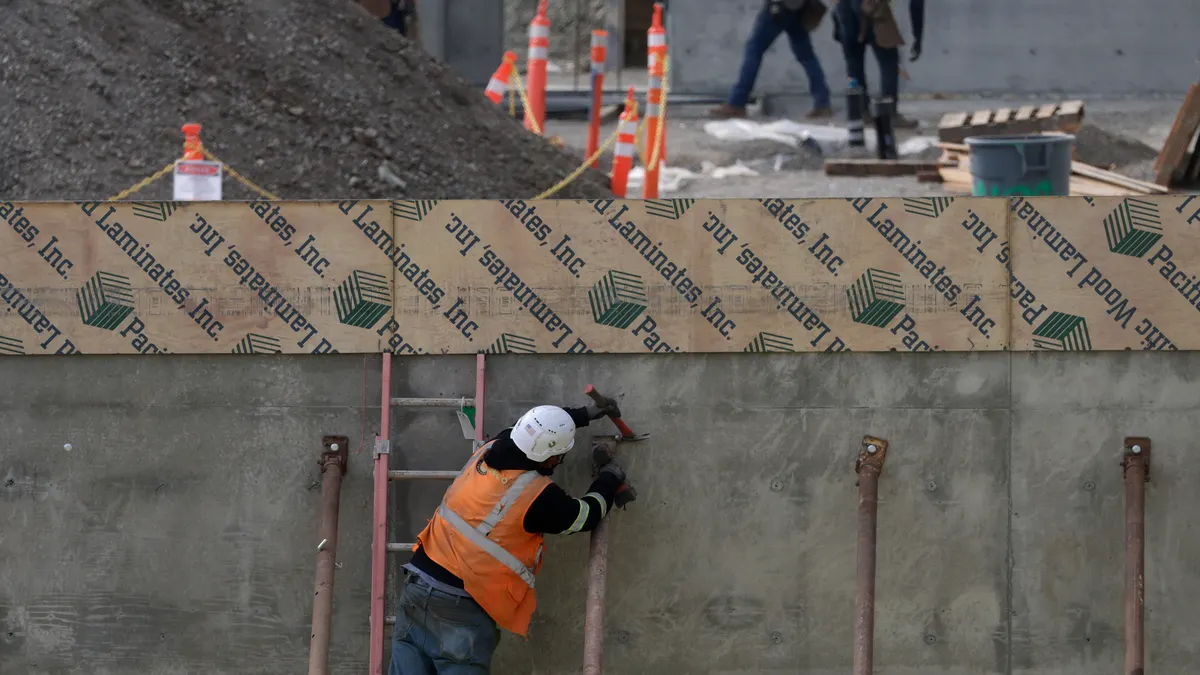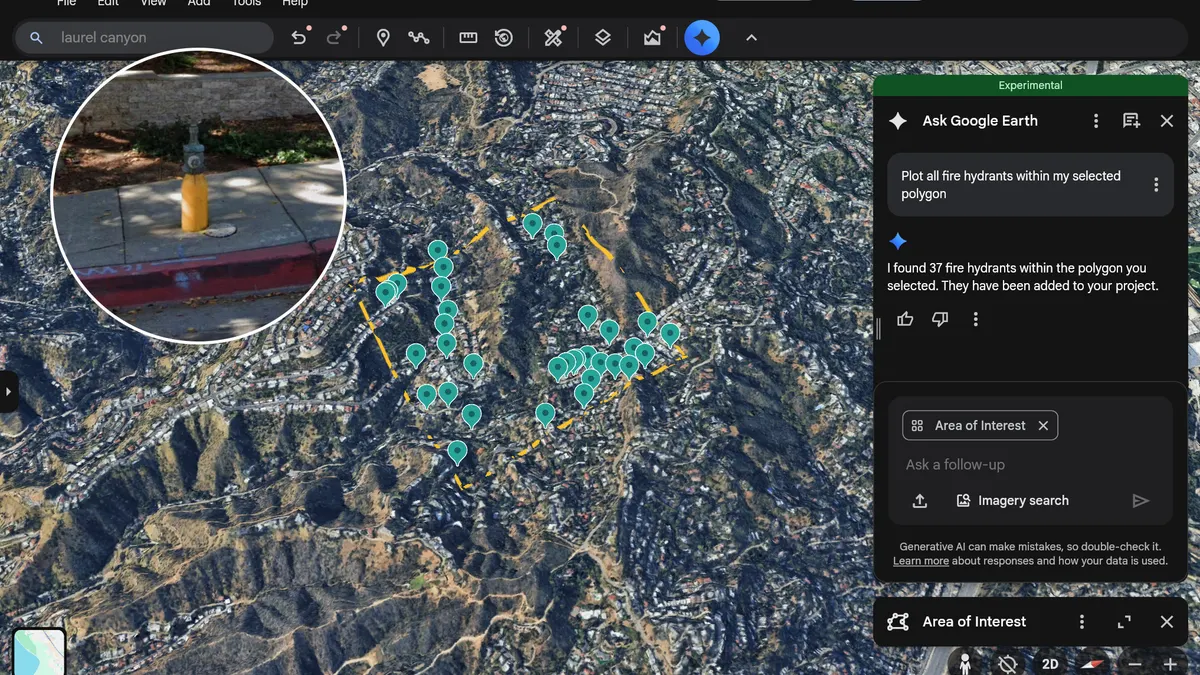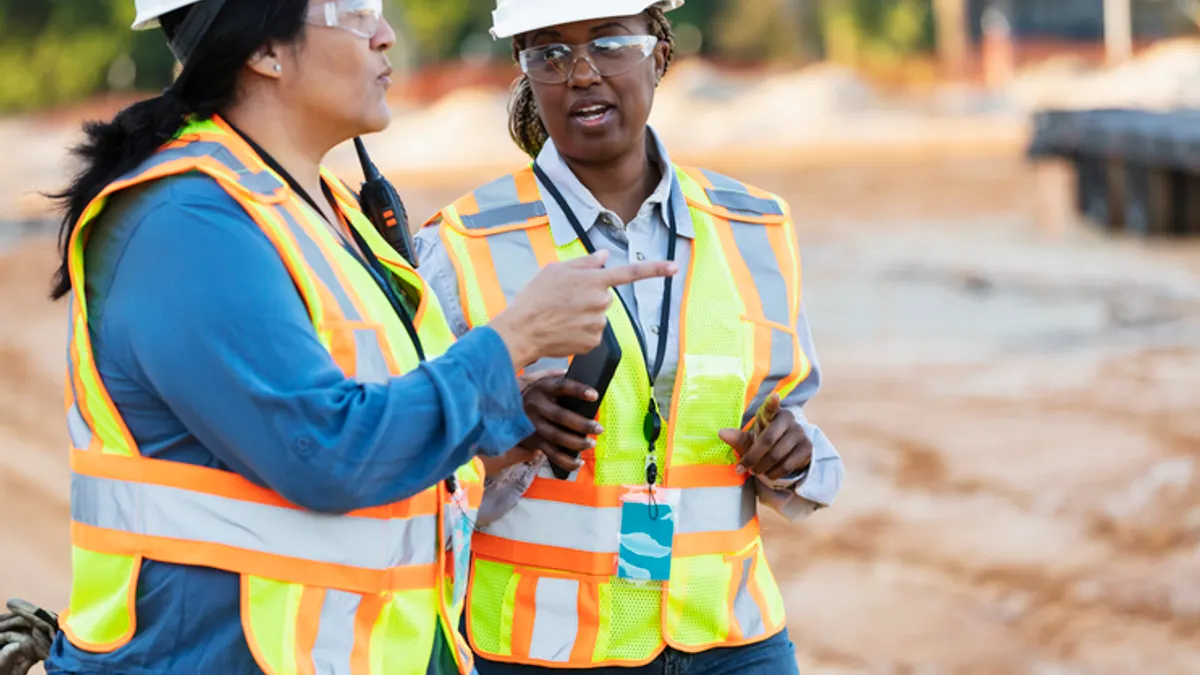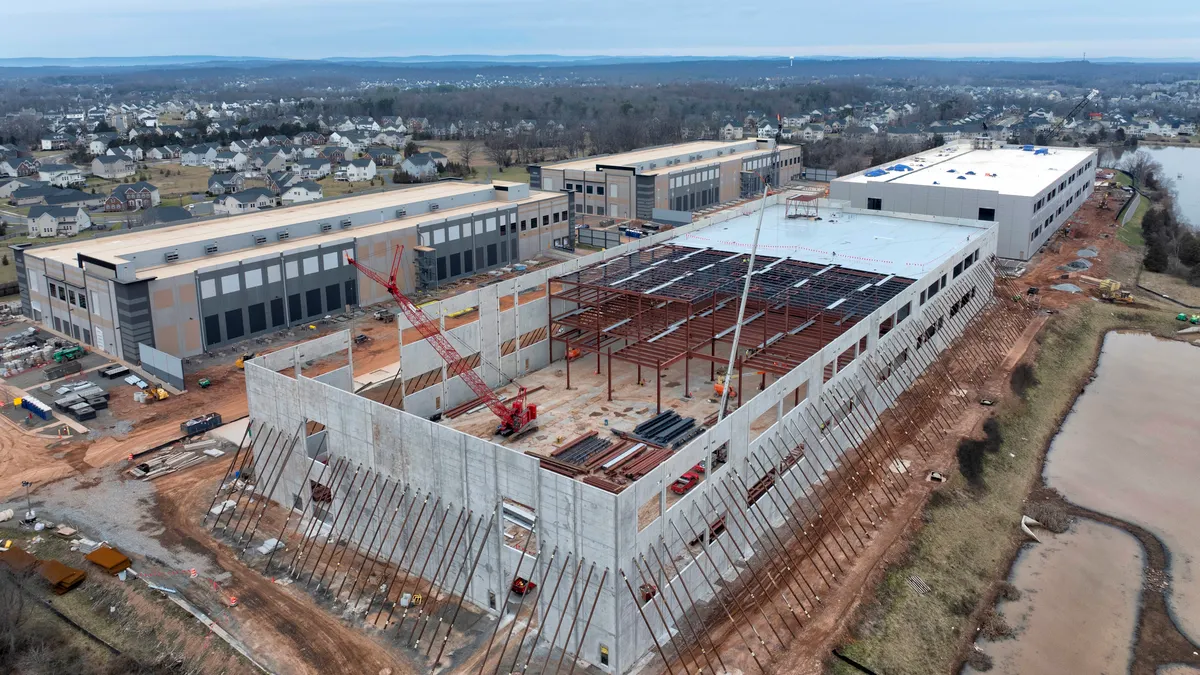After numerous project wins in the manufacturing, infrastructure and healthcare construction sectors last year, Chicago-based Clayco plans to further expand its operations in St. Louis.
The construction firm originally moved out of the city more than a decade ago, relocating its headquarters to Chicago in 2013. Since then, the company has begun to grow its footprint again in the Gateway to the West.
Clayco recently consolidated both its offices in Missouri to a single, central location last year in the St. Louis area. The renovated facility in Berkeley, Missouri, will accommodate space for over 1,000 employees as the company expects to add at least 400 additional team members in the next few years, according to Clayco.
Adding to that move, the construction firm hired former furniture industry executive Elizabeth Zucker as president of the region. In this new role, Zucker will oversee all aspects of the local operations, including business development, marketing and sales.
Zucker, a native of St. Louis, previously served as managing director at Interior Investments, a Lincolnshire, Illinois-based office furniture and fixtures manufacturing company, where she oversaw talent development, operations and growth in the market.
Prior to that, she held various leadership roles at Herman Miller, the Zeeland, Michigan-based office furniture manufacturer, helping to close some of the largest office furniture transactions across the country, according to the release. She attributes her motivation to pivot to a career in construction to Bob Clark, founder and executive chairman of Clayco.
Here, Zucker talks with Construction Dive about the expansion of the St. Louis market and the major sectors of focus for Clayco.
Editor’s note: This interview has been edited for clarity and brevity.
CONSTRUCTION DIVE: How did your transition from the furniture business to the construction industry unfold?
ELIZABETH ZUCKER: Furniture distribution and construction do have some overlaps. In addition to my previous role providing modular construction and motorized window shades that made me a subcontractor to many general contractors, I had the pleasure of serving on the board of advisors for Tarlton Corp., an outstanding family-owned construction company in St. Louis for almost two years.
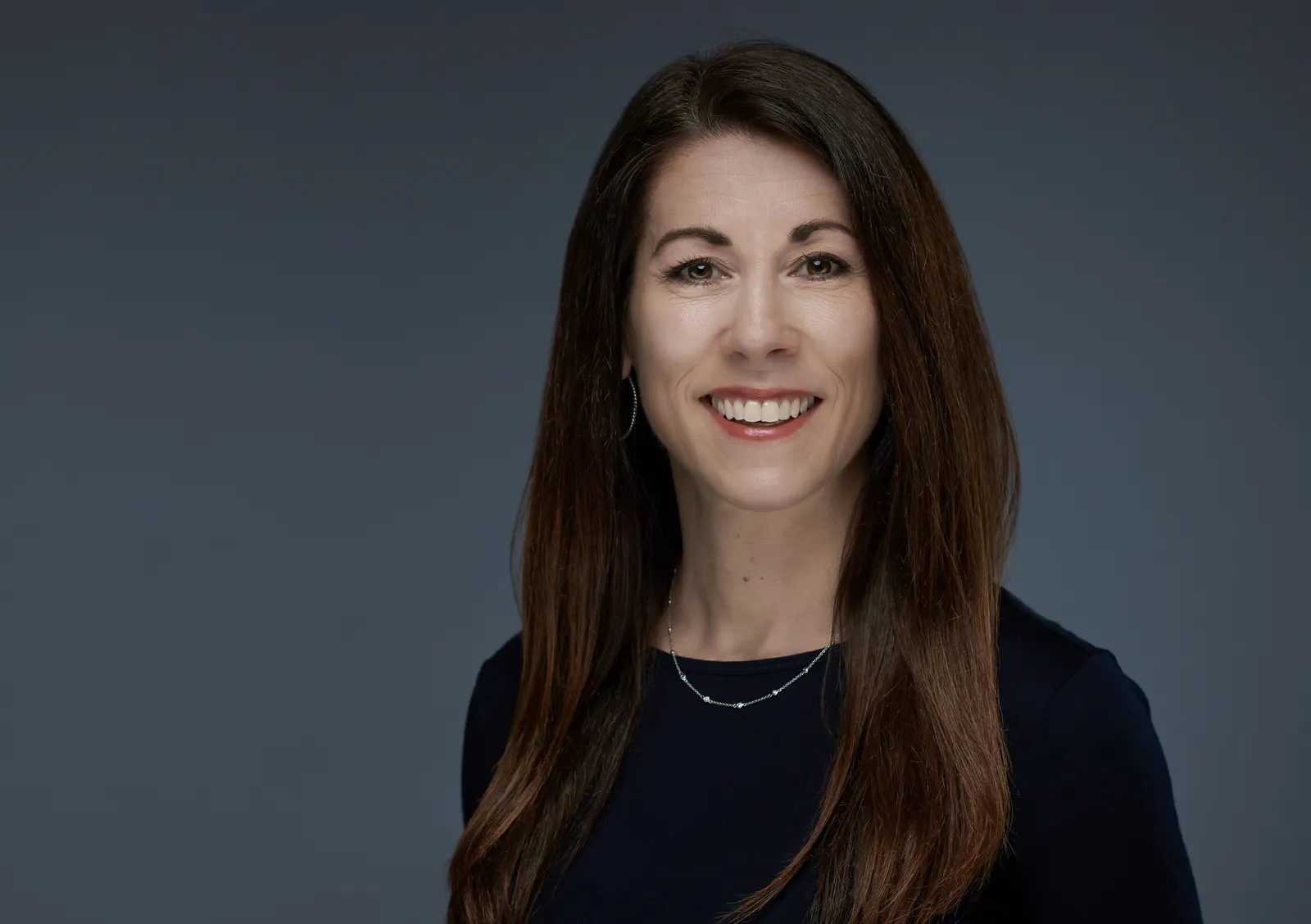
As far as skills that overlap, the business development and community-focused initiatives are very similar but the most important overlap is talent. Both businesses are all about the people.
Having the brightest and best is the most important factor to success by far. Clayco’s focus on talent is unprecedented and I couldn’t be prouder to contribute to what is already great.
What is fueling Clayco’s anticipation for growth in the St. Louis market?
St. Louis is a really special place and our existing employees love it. It has a lower cost of living and there is a great community feel.
By investing in more employees in St. Louis, not only do we feel like we can attract the right type of talent to Clayco, we think that that momentum will help attract new companies to the area which ultimately will, of course, benefit Clayco on the construction side.
What are the major areas of focus for Clayco’s St. Louis office?
I think [advanced manufacturing] is still a good target for the St. Louis office but I also think I would add a focus on higher education, healthcare, multifamily and mixed-use. Of course, Clayco’s bread and butter is industrial, advanced manufacturing and mission critical construction. I think those are really three areas where Clayco has seen the most success in recent years.
What are your major goals in your new role as president of the St. Louis region?
I plan to go way beyond construction and architecture and really be an ambassador to the entire region. I want to work on civic projects and economic development for the entire community. I'm going to continue on boards, like those in which I'm already on — Arch Grants is one of those — which is really tied to socioeconomic growth in the St. Louis market.
In order for Clayco to grow, St. Louis has to grow and has to become a better business community. Part of that is making big, bold moves to help join our city and our county.
Some of the challenges that we have specifically in St Louis — if you Google St. Louis and you read, the first thing that would probably pop up is the crime rate. And part of that is because the city and the county are separate. That’s unusual for a metropolitan statistical area like St. Louis and we need to change the narrative in order to make St. Louis, from the outside, look as attractive as it is from the inside.
What are some headwinds you’re keeping tabs on this year and what is the plan to overcome them?
There are large institutional projects in St. Louis on the horizon but I think in order for them to be successful, we really have to take a strategic look at St. Louis's strengths and weaknesses.
The lack of united government is a huge problem for us. People don't feel safe here and in order to have success, we have to take those obstacles out of the way. That's why there's also a focus on strategic planning for the entire community and not just on building buildings, or picking up architectural design projects in this market.
There are so many incredible universities here. We have great education, we have sports, we have entertainment pockets. We also have some really successful urban planning and a low cost of living. But there are some changes that need to happen.
And Bob Clark, founder and executive chairman of Clayco, and I are really committed to gathering information and meeting with people and providing real leadership and a strategic plan to make a difference in St. Louis, which ultimately will make a difference for Clayco.









